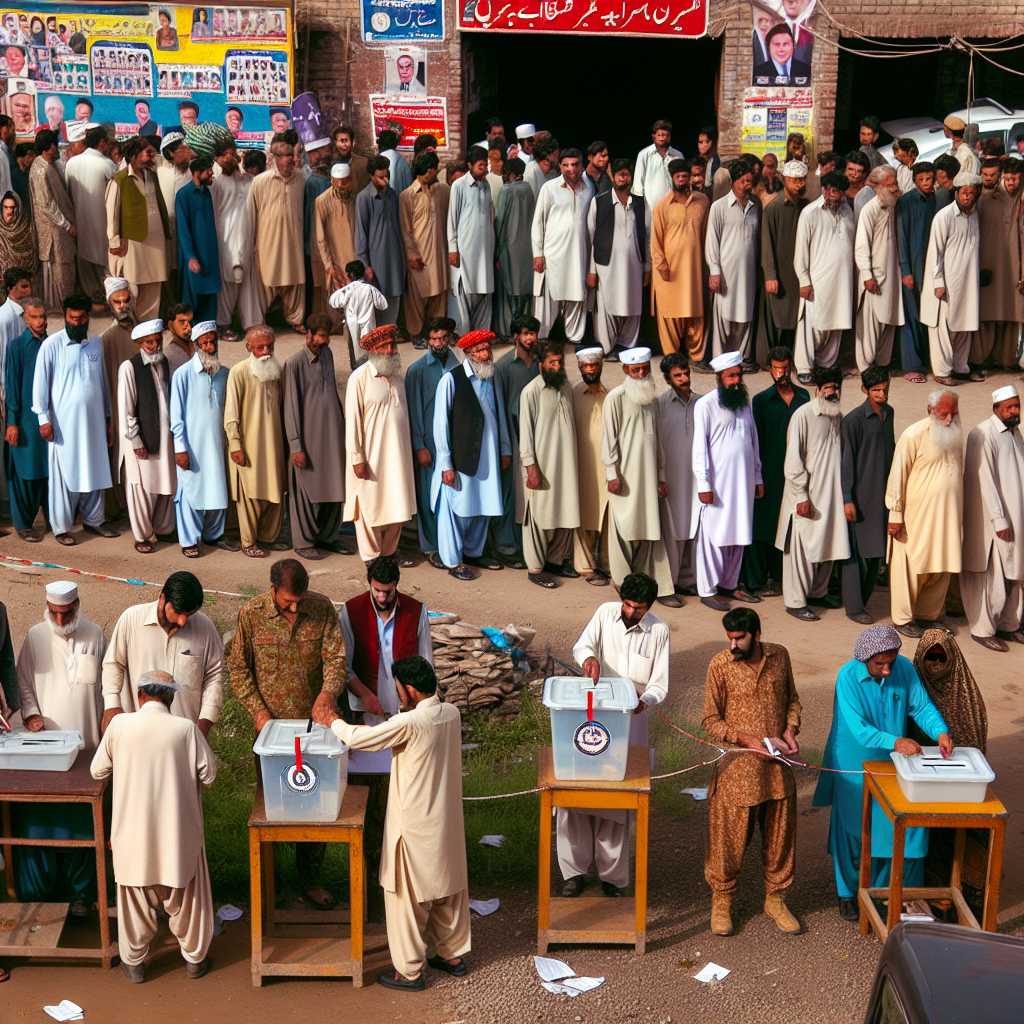Understanding Pakistan’s Electoral System and Political Landscape
The electoral system and political landscape of a country greatly influence its governance, development, and stability, and Pakistan is no exception. In Pakistan, the democratic process involves periodic elections that dictate the composition and leadership of the government. With a blend of parliamentary democracy and Islamic practices, Pakistan conducts general elections broadly for two levels of government: the national parliament and the provincial assemblies.
Historical Context of Elections in Pakistan
Since achieving independence in 1947, Pakistan has experienced diverse periods in its electoral history, including civilian rule interrupted by military coups, leading to periods of direct or indirect martial law. Elections have been a crucial tool for returning to civilian democratic governance following these interruptions. The election’s credibility in the eyes of the Pakistani public has been a crucial concern impacting political stability and legitimacy throughout its history.
Electoral Process in Modern-Day Pakistan
Legal Framework and Electoral Bodies
Pakistan’s electoral process is governed by law under its constitution. The Election Commission of Pakistan (ECP) is the independent body responsible for ensuring free and fair elections. It oversees the conduct of general elections, by-elections, local body elections, and referendums.
Eligibility and Voting System
The Pakistani Constitution provides the right to vote to all citizens aged 18 years or older. The voting system applies a first-past-the-post principle where voters cast their ballots for individual candidates, with the highest number of votes in each constituency winning a seat in the National Assembly or Provincial Assembly.
National Assembly Elections
Representatives of the Lower House or National Assembly are elected to serve five-year terms. The National Assembly is comprised of general seats alongside reserved seats for women and non-Muslim minorities.
Senate Elections
The Senate, which is the Upper House, comprises representatives from all provinces, ensuring equal provincial representation. Senators serve six-year terms, with half of the senators retiring every three years.
Provincial Assembly Elections
Additionally, voters elect members to their respective Provincial Assemblies. The structure mirrors the central legislative framework, ensuring local governance and legislation.
Recent Political Trends in Pakistan’s Elections
Election cycles in Pakistan showcase a shifting political landscape often marked by tight races among well-established parties such as Pakistan Muslim League (Nawaz) – PML(N), Pakistan Peoples Party (PPP), and newer players such as Pakistan Tehreek-e-Insaf (PTI), led by former cricketer Imran Khan. The emergence of PTI in recent election cycles has led to changes in traditional voter allegiances and old power bases.
Challenges with Election Conduct and Integrity
As with many developing nations, questions often arise surrounding transparency and fairness during election processes. Accusations such as rigging, voter intimidation, and manipulation seek immediate resolution for such concerns to reinforce democratic principles.
Impact of Parliament Composition on Governance
The parliament composition affects every aspect of governance in Pakistan — from internal policies to international diplomacies. The elected majority party often influences crucial decisions regarding social issues, economic directions, defense strategies, relations with neighboring countries, and approaches to counterterrorism.
Importance of Provincial Assembly Outcomes
The provincial assemblies play pivotal roles in addressing local needs and representing diverse ethnicities and regional considerations that affect national policy decisions.
Anticipating Electoral Reforms
Amid domestic demands for fairer contestations preventive measures against unfair practices are crucial moving forward-standardizations alongside technological support may verify credible and audible results for forthcoming polling milestones.
